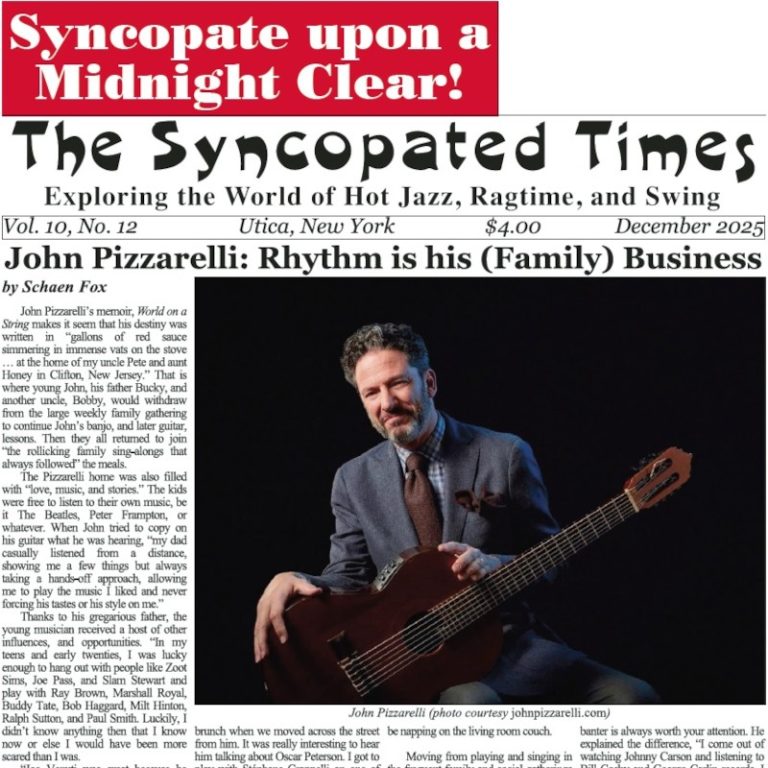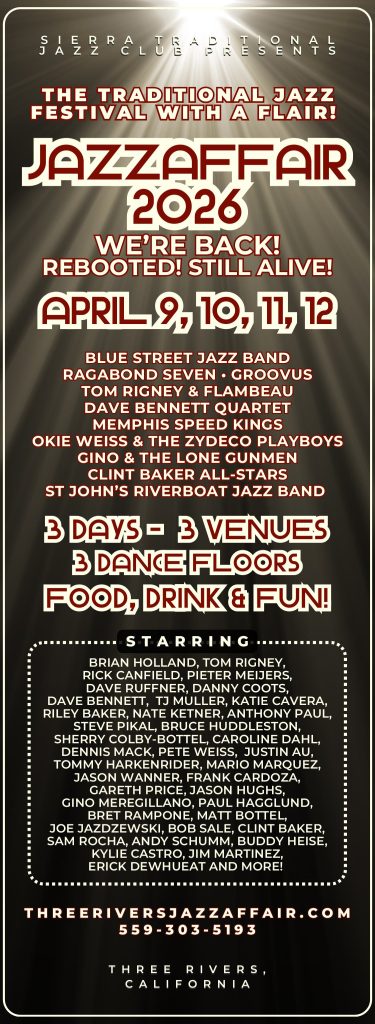When I attended the Glenn Miller Festival in June in Clarinda, Iowa, I visited his namesake museum, located directly behind the house in which he was born. First, a little about the house, located at the southwest corner of 16th and Clark Streets. 16th, the main north-south street in town, has been renamed Glenn Miller Avenue, at least in the immediate vicinity of the house. There’s also a Glenn Miller Drive in town, but it’s a short side street.
Glenn lived only three or four years in this house, until his family moved to Nebraska. Subsequent owners added to the house, which originally had three rooms on the ground floor and two upstairs. There was an outhouse that’s still on the property, but I’m not certain it’s the original. It stands to reason that indoor plumbing was installed at some point.
In 1989 Glenn’s adopted daughter Jonnie, whom he never saw, bought the house and donated it to the Glenn Miller Birthplace Society. The house was then painstakingly restored to its original size. While all the furnishings are period-accurate, only one or two are known to have belonged to the family. Docents are on hand to show you through the house.
The museum opened in 2010, bringing the entire
You've read three articles this month! That makes you one of a rare breed, the true jazz fan!
The Syncopated Times is a monthly publication covering traditional jazz, ragtime and swing. We have the best historic content anywhere, and are the only American publication covering artists and bands currently playing Hot Jazz, Vintage Swing, or Ragtime. Our writers are legends themselves, paid to bring you the best coverage possible. Advertising will never be enough to keep these stories coming, we need your SUBSCRIPTION. Get unlimited access for $30 a year or $50 for two.
Not ready to pay for jazz yet? Register a Free Account for two weeks of unlimited access without nags or pop ups.
Already Registered? Log In
If you shouldn't be seeing this because you already logged in try refreshing the page.




